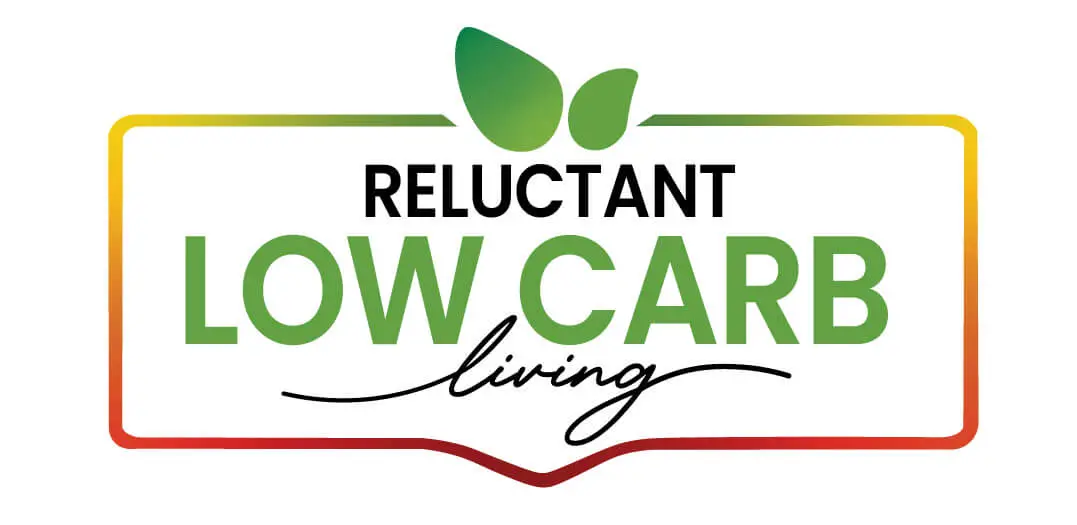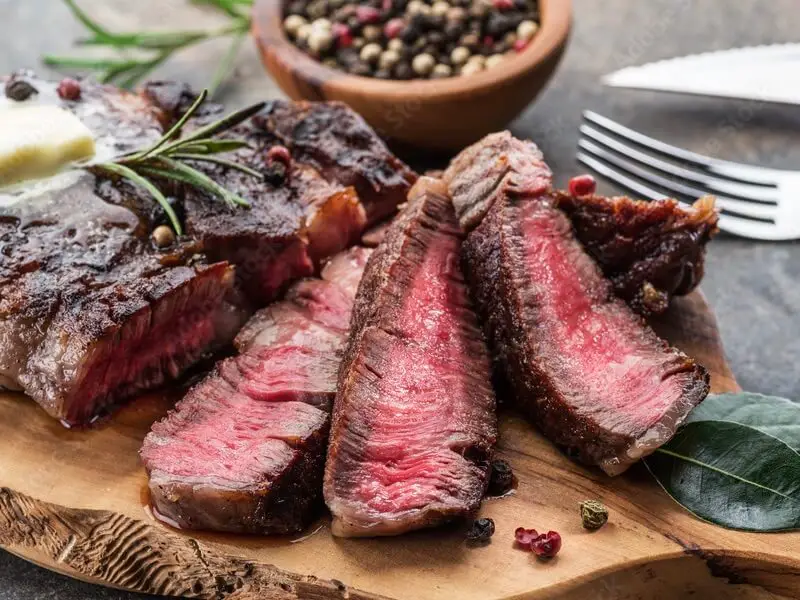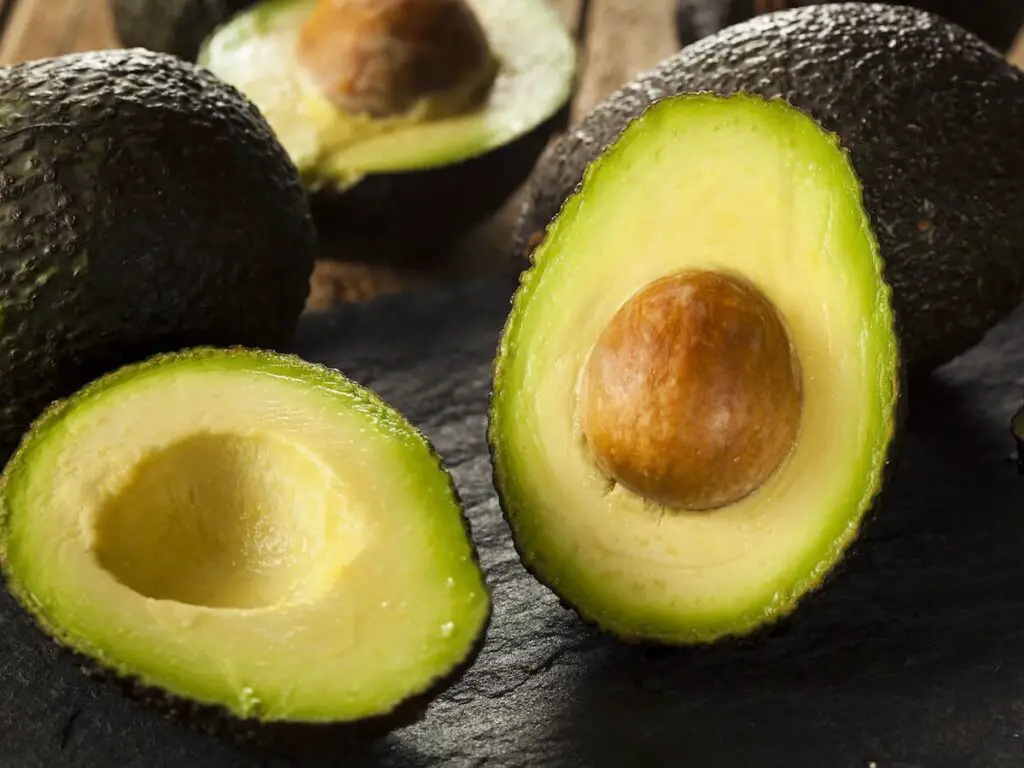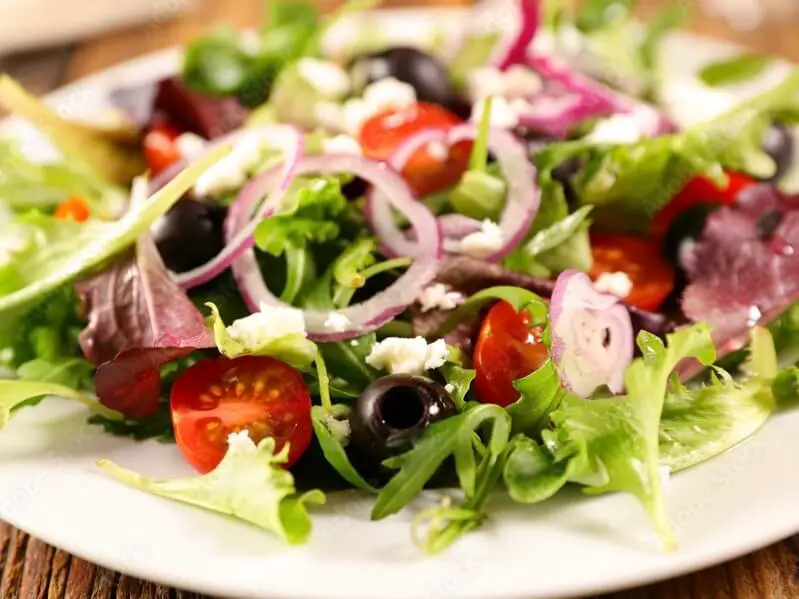We must address our choices and sensations in understanding our complex relationship with food. It signals our bodies send us—from the grumbling stomach that signifies hunger to the stuffed feeling after a satisfying meal. Our interpretation of these signals is influenced by various factors, including the types of food we eat, our emotional state, the hormones regulating our appetite, and the timing and size of our meals.
This exploration will delve into the fascinating realms of hunger and satiety, emotional eating, the impact of our food choices, meal timing, and practical methods to enhance the sensation of fullness. A comprehensive understanding of these topics can improve our dieting strategies, control our weight, and ultimately foster a healthier relationship with food.
Table of Contents
- Understanding Hunger and Satiety
- Emotional Eating and Its Effect on Satiety
- The Influence of Food Choices on Satiety
- The Role of Meal Timing and Size in Satiety
- Related Question
Understanding Hunger and Satiety
The Art & Science of Hunger and Satiety: Living a Balanced Lifestyle!
People often wonder: Is there a certain magic behind feeling hungry or satisfied? With the swirl of diet trends and wellness philosophies dominating our feeds and minds, it can feel like navigating a labyrinth out there.
So today, let’s decode the ins and outs of hunger and satiety and how understanding this dynamic duo could be the secret to seeking that much-coveted balanced lifestyle.
Firstly, decaying the difference between physical and psychological hunger is critical. Physical hunger is the body’s alert system, and it’s usually gradual, patient, and open to various food options.
Psychological hunger, though? It’s a different beast—sudden, urgent, and often fixated on specifics (Hello, late-night chocolate cravings). Psychological hunger can often be an emotional reaction rather than a genuine need for sustenance.
Often, we’re reactive rather than proactive, ignoring hunger signals until they’re impossible to dismiss. But wouldn’t it be better to stay in tune with our bodies and be responsive to their needs more timely?
Yes, it’s easier said than done, given the fast pace of our modern lives, but understanding this pattern could make a difference in our lifestyle goals. A distinct advantage of proactive eating is not overeating or under-eating. Proper portion size is critical to maintaining a healthy weight and overall wellness.
And here’s a little-known fact: it’s not just the stomach calling the shots. Our brain, specifically the hypothalamus, dictates hunger and satiety by interacting with several hormones, including ghrelin and leptin.
These hormones rise and fall throughout the day, influencing our perception of hunger and satisfaction. When we feed our bodies quality, nutrient-dense foods, we keep these hormones balanced and our bodies happy.
Likewise, sleep plays a significant role in this system, too. Quality Zzzs are shown to affect ghrelin and leptin levels, directly impacting both our hunger pangs and cravings. A consistent sleep routine can naturally set the body for optimal functioning and better control of our appetite.
Enjoying a balanced lifestyle isn’t just about picking the ‘right’ food choices or embracing the trendiest self-care rituals. It’s about fostering a healthy, intuitive connection with our bodies, understanding its language of hunger and satiety, and ensuring we’re nourishing ourselves in an empowering and energizing manner.
Hunger and satiety aren’t just food’s plus-ones. They are essential bioregulatory systems that shape our relationship with food and our bodies. They teach us moderation and tell us when to fuel up or pause.
So the next time you’re mid-bite, try sparking a conversation with your inner hunger and satiety systems. The secret to living a balanced lifestyle may lie in understanding them better. So, here’s to embracing the science behind our bodies, and cheers to leading a lifestyle as informed as it is elegant!
Remember, life isn’t merely about abs and calories. It’s also about those shared brunches, grandma’s secret recipes, and the simple joy of satisfying a pang of hunger. After all, a well-lived life is like a well-balanced meal – a beautifully curated blend of different elements, experiences, and emotions.

Emotional Eating and Its Effect on Satiety
Understanding hunger and satisfaction goes beyond just recognizing physical signals from your body. Besides the quartet of your brain, hormones, bioregulatory systems, and sleep playing weighty roles in how you perceive hunger and cravings, your emotional state is a pivotal component that stands to alter your perception of fullness and satisfaction.
Stepping into the arena of emotional wellbeing and eating, it doesn’t take long to wrap our heads around the science that ties our emotions to our appetite—have you ever wondered why you might zero in on a chocolate chip cookie when stressed or forgo your meal when feeling blue? Or even why joy has you ordering an extra helping of your favorite dish? The answer, darling, lies in emotional eating.
As the name suggests, emotional eating is consuming food driven by emotions rather than physical hunger. Under stress, sadness, or extreme happiness, we often turn to food as our go-to comfort source or celebration.
While on the surface, there’s absolutely nothing wrong with this(who doesn’t love comfort food, right?), the problems arise when this becomes a habit, thus skewing our sense of fullness and satisfaction.
Interestingly, our emotional state forms a bridge with our bodies’ hormonal responses. Cortisol, the infamous stress hormone, fosters food cravings, especially for sugary and fatty foods. Have we ever noticed a sudden urge for pizza or ice cream during an emotional breakdown? You have cortisol to thank for that! On the other hand, serotonin – our happy hormone plays a pivotal role in curbing cravings and fostering a sense of fullness and satisfaction.
Early recognition of emotional hunger is essential for intuitive eating and fostering a harmonious connection with one’s body. Understanding and being self-aware of the emotional drivers of hunger can significantly affect how we view satisfaction and fullness. This step is vital in avoiding overeating or eating unhealthy foods during times of emotional upheaval.
Let’s not forget that leading a well-balanced lifestyle goes beyond counting calories or chasing chiseled abs. It includes being attentive to our emotional state and understanding how it influences our hunger and satisfaction.
So next time you feel blue and reach out for a comforting snack, remember it’s your emotional state speaking. Listen, acknowledge, and choose wisely because your emotional wellbeing is significant in dictating your sense of fullness and satisfaction.
In pursuing our best lives, let’s not overlook the importance of emotional wellbeing in shaping our relationship with food. Cultivating emotional intelligence might be the missing piece of the puzzle towards leading an informed lifestyle and embracing the perfect harmony of fullness and satisfaction!

The Influence of Food Choices on Satiety
Hunger, satiety, and the compelling world of food are far from mundane facets of our existence but deeply rooted in our physiology, psychology, and emotions. Previously, we explored the intertwined elements that shape our hunger, satiety, and relationship with food.
However, the question persists: Do certain foods enhance feelings of fullness more than others? Well, the answer is a resounding, ‘Yes!’
Imagine a chic breakfast with a bowl of trendy acai berries, chia seeds sprinkled liberally, and a magnificent avocado toast on the side. Isn’t this the ultimate morning start, giving us sheer satisfaction and satiety? Yes, indeed! Certain foods, particularly those rich in protein, fiber, and healthy fats, tap into our satiety signals more effectively than others.
For instance, protein-rich foods like eggs, chicken, or Greek yogurt are satiety powerhouses. Why? Well, they require more energy for digestion, keeping you fuller for longer. On the other hand, fiber-packed food options such as vegetables, fruits, and whole grains provide bulk to your meals, slowing digestion and eventually making you feel more satiated.
And let’s not forget those heart-healthy fats. Avocado is an absolute darling of the culinary world, brimming with monounsaturated fats that benefit our hearts and trigger satiety. Think of the luscious creamy texture of an avocado spread over a crunchy toast – doesn’t it scream satisfaction?
Let’s spill some tea on mindful eating – the fine art of cherishing our meal, one bite at a time. Eating should never be a race. Slow, mindful eating allows your body ample time to send out those ‘I am full’ signals, helping you feel more satiated. Moreover, a collaboration of mindful eating with these satiety-friendly foods could lead to a fruitful synergy in maintaining a balance between hunger and satisfaction.
It’s no secret that the types of food we consume and how we eat them play a crucial role in our feelings of fullness. As we continue to discover joy in satisfying our hunger and basking in the pleasures of food, it’s essential to stay informed and to cultivate both physical and emotional wellbeing.
Tailoring your meals with adequate protein, fiber, and healthy fats, coupled with the practice of mindful eating, can significantly aid in making you feel more full, curbing unnecessary cravings, and ultimately, contribute to a healthier, happier lifestyle.
Remember, the mindful and informed eating world is just a bite away. So, own, embrace, and, most importantly, find joy as you carve your unique path toward a balanced lifestyle. Eat happily and eat to your heart’s content – staying informed and making wise food choices. After all, isn’t happiness the best sauce you can add to your food?

The Role of Meal Timing and Size in Satiety
Have you ever wondered if eating habits can be a game-changer in how full you feel post-meal? Surprise, the time you consume your meals and the portions you take in align intrinsically with the body’s sense of fullness.
Adhering to a consistent eating schedule can help sustain feelings of satiety. This might seem in contrast with the conventional concept of eating only when you’re hungry, but rhythmicity in eating can be a crucial tool in preventing overeating.
For instance, imagine incorporating small nutritious snacks or meals into your routine every few hours. This can help propel a constant state of contentment throughout the day and diminish tendencies of succumbing to unbridled hunger that often leads to unhealthy chowing.
Now, let’s bow before the concept of ‘Intuitive Eating.’ It prompts one to listen to the body’s cues and fulfill its needs adequately. By practicing this, we stop relying solely on external guidelines and cues to make our eating decisions and go by our internal body signals.
It doesn’t favor a ‘eat when you’re hungry, stop when you’re full’ approach but instead suggests that the right time to commence a meal is before you get too hungry, preventing any unforeseen hunger-induced binging.
Renowned nutritionists often talk about ‘Volumetric Eating,’ which dives into consuming foods that are low in calories yet high in volume. Picture this: an apple and a handful of nuts can make you feel just as complete as a slice of cake, albeit with fewer calories. Incorporating many fresh vegetables, fruits, and whole grains into the diet can help create a sense of fullness and satisfaction without adding a surplus of calories.
Now, moving onto the paradox of ‘Empty Calories.’ Foods high in sugar and fat, often devoid of essential nutrients, quickly digest and leave you craving for more. By swapping these with nutrient-dense grub, you can feel fuller for extended periods and easily evade the vicious cycle of mindless snacking. A well-thought-out meal comprising complex carbohydrates, lean proteins, and healthy fats is the way to go!
There’s no denying the impact of hydration on satiety. Often, thirst masquerades as hunger. Try reaching out for a glass of water before succumbing to what you think is hunger; it might just be your body signaling thirst!
Incorporating hydrating foods like cucumbers, lettuces, and watermelons into your meal plans could be an incredible strategy to hack fullness, particularly if you’re embarking on a weight loss journey.
Wrapping this all together, the central theme is that the ‘when’ and ‘how much’ of eating can change our sense of fullness.
Let’s fuel the month with knowledgeable decisions about what goes on our plate and when, putting us in sync with our body’s rhythm and signaling an era of healthier, intuitive living! Here’s to an inspired, informed lifestyle of joy, balance, and wellbeing!

Having delved into the inner workings of our body concerning hunger and satiety, it’s clear that our sense of fullness isn’t just about what we eat but also when we eat, how much, and the emotional context of our meals.
Practical solutions such as adopting mindful eating techniques, staying hydrated, incorporating more fiber and protein into our diet, and engaging in regular physical activity can significantly improve our satiety.
Moreover, understanding and managing emotional eating and being mindful of meal timing and portion sizes can steer us toward better food decisions. Through comprehending these complex dynamics, we can navigate the world of food with greater ease, satiety, and satisfaction, paving the way for healthier, happier lives.
You Can Listen To Our Podcast About Full Circle: Understanding Your Relationship with Hunger and Satiety
Below or By clicking here.
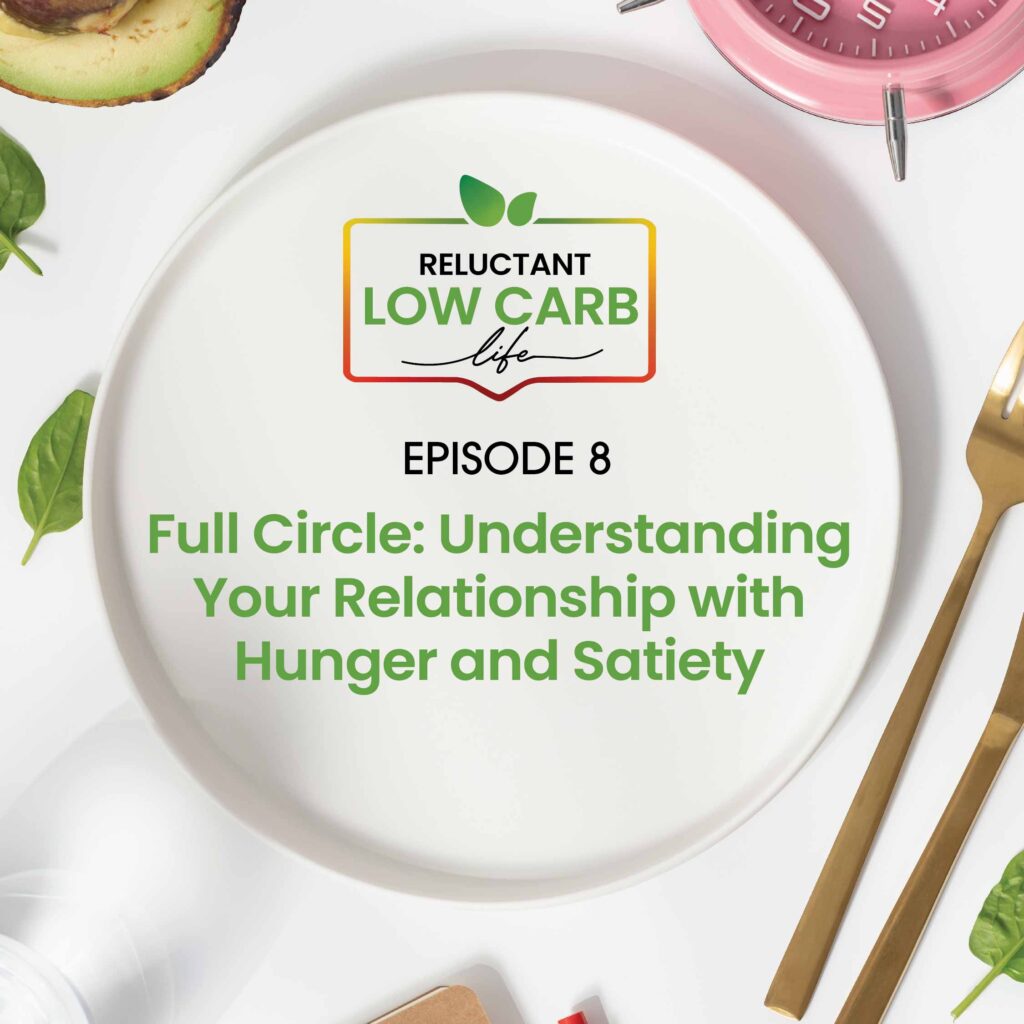
At Reluctant Low Carb Life, we are staunch advocates of the Health Trifecta: Fullness, Fitness, and Freshness. Additionally, we embrace the pillars of health, wellness, and graceful aging. Our mission is to provide honest and precise information to individuals dedicated to adopting a healthy lifestyle while enhancing their fitness and well-being.
We have a free monthly newsletter that is filled with information and helps you remain updated. Subscribe to the Reluctant Low Carb Life newsletter by clicking here.
Listen to our weekly podcast, Reluctant Low Carb Life, on all the major podcast platforms by clicking here.
Follow us on Instagram and Facebook by clicking here.
Related Question
What Will Be The Effect Of Exercise If I Don’t Change My Diet?
We can all choose to maintain and keep a healthy lifestyle. There are many reasons why this is important, but one of them is that we will live a more prosperous whole life if we choose to maintain and keep a healthy lifestyle. We have listed out ten reasons why we feel maintaining a healthy lifestyle is essential.
You can read more about What Will Be The Effect Of Exercise If I Don’t Change My Diet? by clicking here.
Is Walking 7 Miles A Day Good Exercise?
Walking seven miles a day is great exercise. But even if you cannot walk seven miles a day, just getting out to walk has many physical and mental benefits. Studies have shown us how important walking is for not only our overall physical health but also our mental health.
You can read more about Is Walking 7 Miles A Day Good Exercise? by clicking here.
Tips to Steer Clear of Ultra-Processed Foods for a Chic Lifestyle
Recognizing and understanding these foods is the stepping stone to leading a healthier life. This exploration is a journey into food processing and discovering the diverse range of products that fall under the ultra-processed category, ranging from fast foods to some of our seemingly innocent grocery selections.
You can read more about Tips to Steer Clear of Ultra-Processed Foods for a Chic Lifestyle by clicking here.
